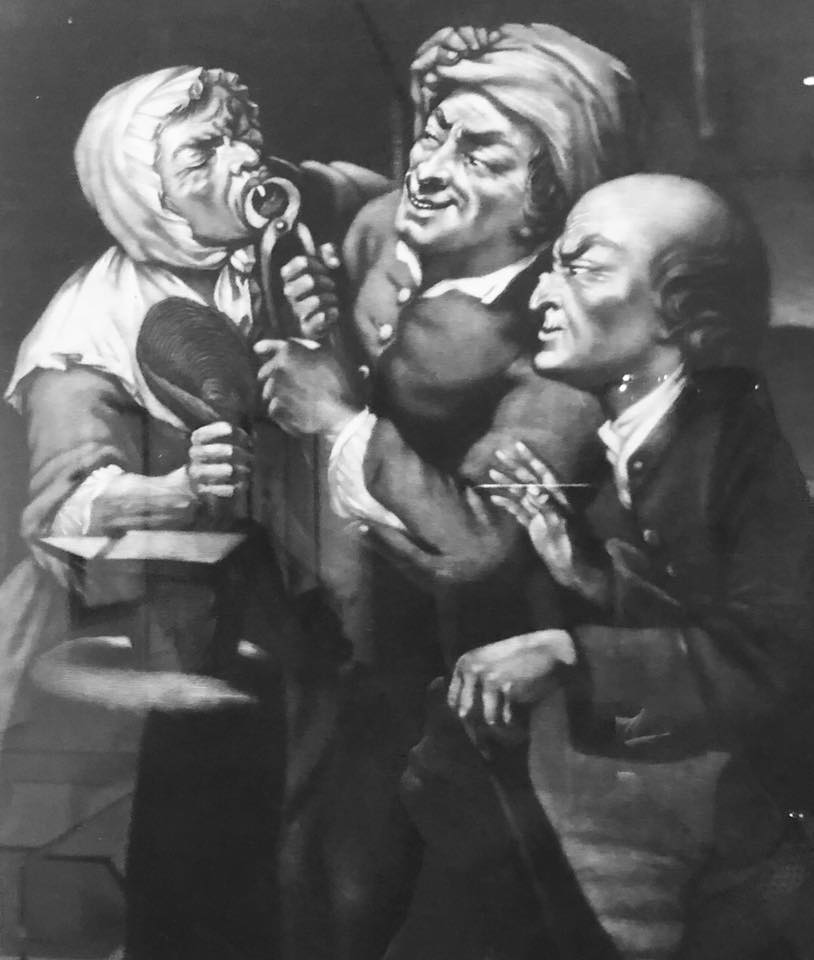March 3, 2021

Visited the Exhibition on Teeth at the Wellcome Collection today.
Some interesting facts and historical pieces. Thought I’d share a few
Did you know…
- Most medieval and early modern physicians would have thought it inappropriate to concern themselves with pulling or treating teeth. Knowledge and intellect, not craft or dexterity were his tools. Pulling teeth was equated with cutting hair and bodily surgery.
- For those who couldn’t afford the barber-surgeon, the blacksmith provided a rudimentary alternative. As early as the 16th century, the French surgeon Ambroise Pare warned that the extraction of a tooth “should not be carried out with too much violence as one risks producing luxation of the jaw or concussion of the brain or eyes or even bringing away a portion of the jaw together with the tooth.”
- Those with wealth and status were the fortunate few who enjoyed access to elaborate dental care and innovations. The denture made for William IV was formed of a gold plate and four ivory teeth attached by vertical gold posts. George Washington had four sets of dentures. Portraits of him, including that on the US dollar bill, show him tight-lipped and serious, possibly anxious to hide his lack of teeth or more likely his jaw was working hard to hold down the spring keeping his dentures in place!
What else..
- American dentist Morrison invented the treadle drill, which was foot operated and could achieve 2000 revolutions per minute. Dentists became known for having strong right thighs after hours of peddling!
- The dental syringe may fill some patients with fear, but the ability to deliver anaesthetic locally was a welcome development in the 1880s. Initially, cocaine was the local anaesthetic of choice. By the 20th century its successors included lignocaine, often supplemented by adrenaline to prolong its nerve-numbing effects.
- Original toothbrushes were made from animal bone and hog hair. More expensive models used badger hair.
- Early toothpastes came in solid block prepared and sold by chemists. Common ingredients included an abrasive (often brick dust), charcoal, soap and salt. Squeezable tubes of ‘dentifrice’ appeared in the 1940s and fluoride-based pastes in the late 1950s.
- The key dental health message, which emerged particularly loudly after WW1, was that visiting the dentist was not something to be put off until you had toothache. It should be done routinely. Preventative maintenance was the most powerful weapon in the fight against decay.
- In the first 9 months of the NHS, its dentists provided 33 million individual artificial teeth – a figure that would rise to 66 million per year over the next three years. By 1951 the cost of dentures had become such a burden on the service that the first charges were introduced.



